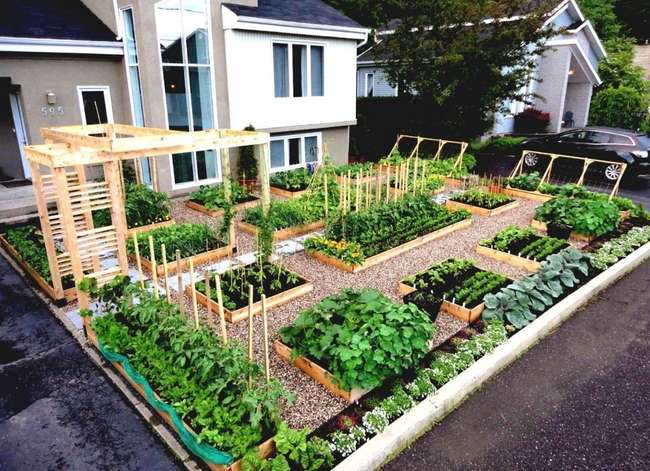We may earn revenue from the products available on this page and participate in affiliate programs. Learn More ›
Rethink Your Front Lawn
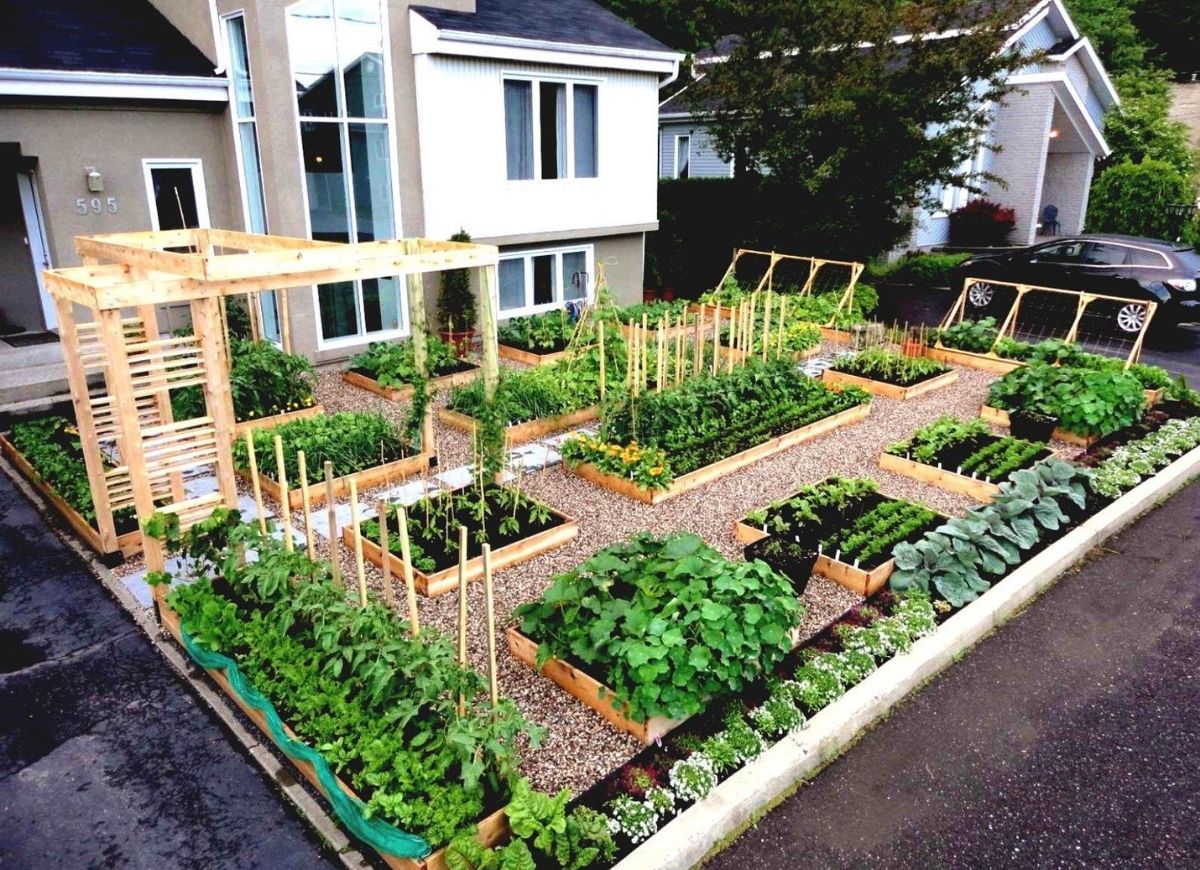
The average suburban front lawn features high-maintenance turf that requires frequent watering and mowing. That lush expanse of grass is not only labor intensive, but it also takes up space that could be used more productively—and beautifully—for a vegetable garden. Whether you simply want to add a raised bed or planter, or you’re hoping to convert the entire lawn into a colorful, abundant garden, the possibilities are endless. Before getting started, be sure to check local regulations that may restrict what you’re permitted to grow in your front yard.
Rustic Raised Beds
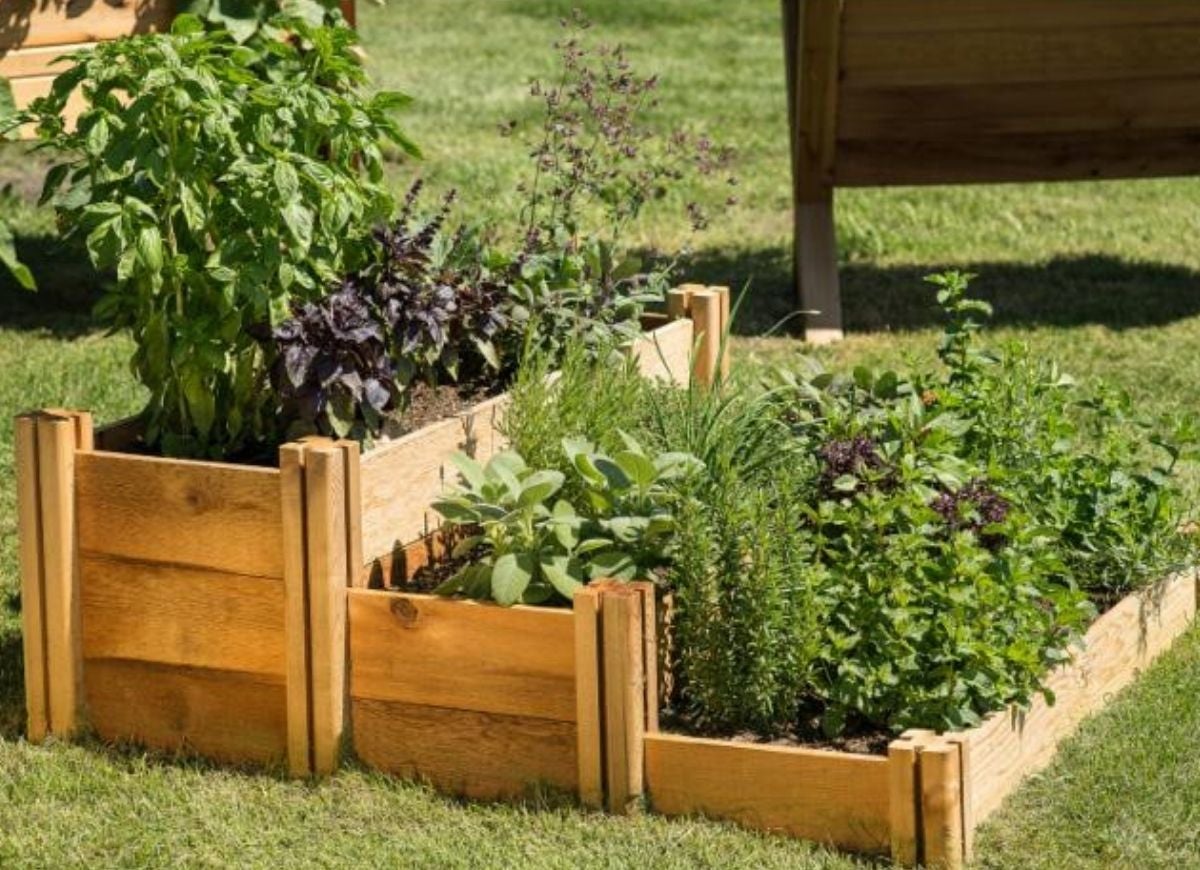
Western red cedar gives this multilevel raised garden bed from Hayneedle a natural, unfinished look. The wood is resistant to weather, insects, and rot, making it an excellent choice for outdoor use. With its tiered design, the bed has enough space for a variety of herbs and veggies in its compact 50-by-48-inch footprint.
Grid-Style Raised Bed
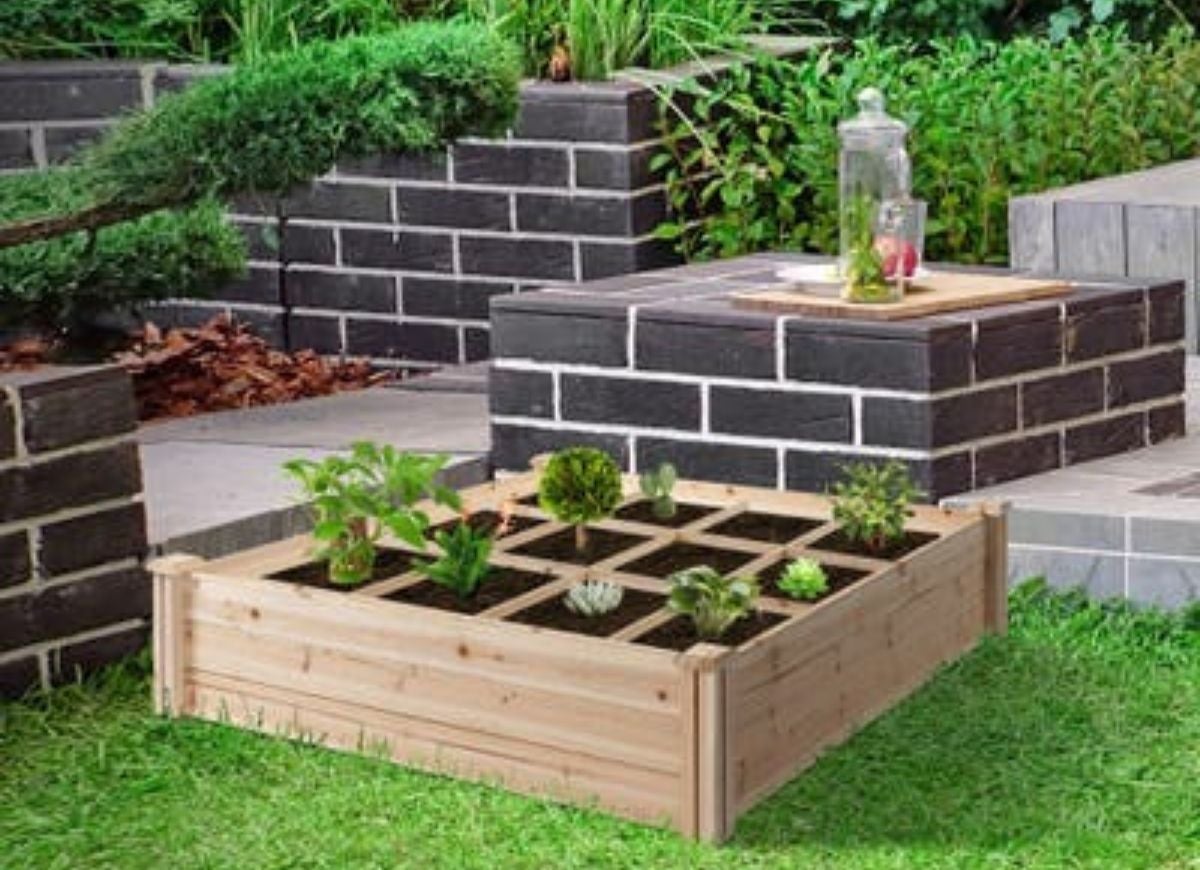
The Outsunny raised garden bed
, which measures just under 4 feet square, features a segmented growing grid with nine compartments that keep plants separated while giving them plenty of room to grow. The solid fir has a natural finish and is durable and rot-resistant.
Related: After Extensive Testing, These Are Our 9 Best Raised Garden Beds for Growing Plants
Hanging Herb Planters
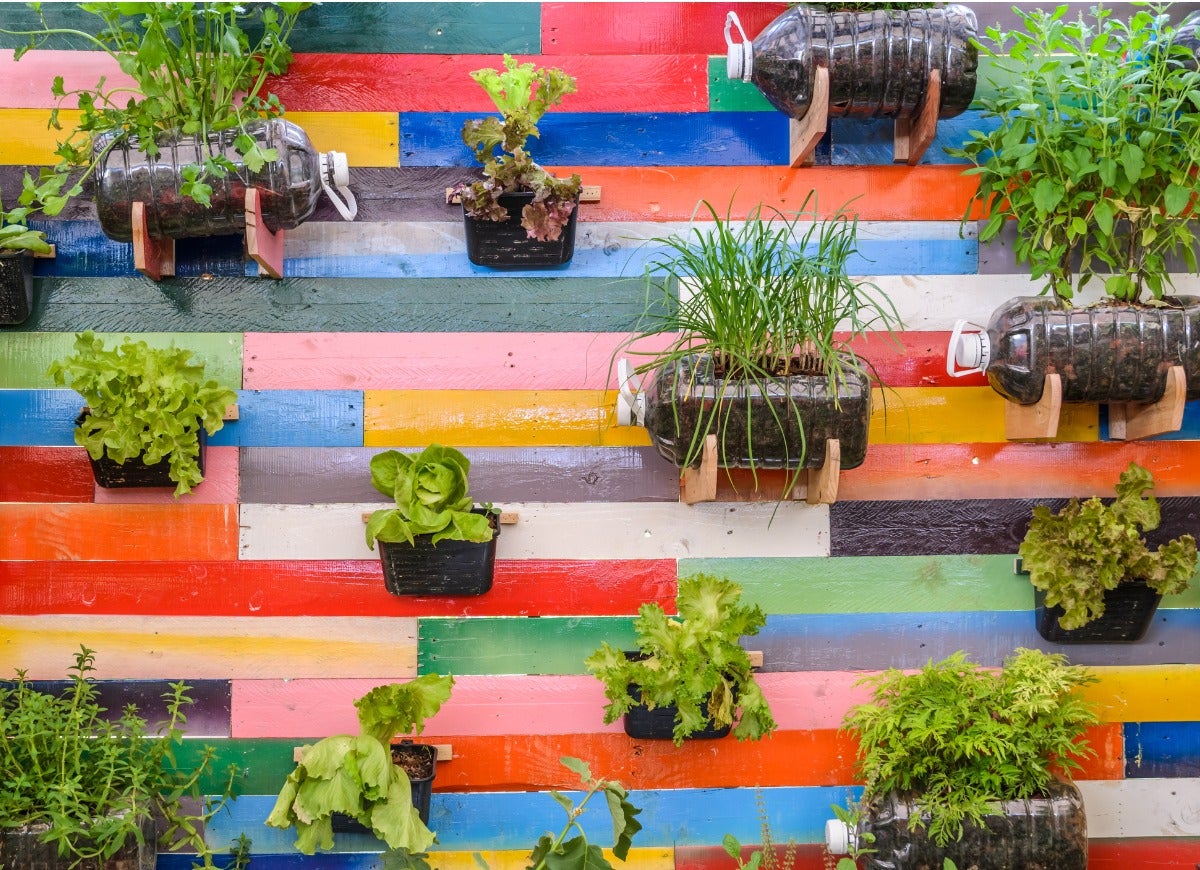
If you’re not prepared to sacrifice part of your lawn to garden beds—or if you don’t have a front yard to speak of—consider hanging herb pots from your home’s siding. There are a number of ways to attach small planters to the exterior of your house, whether it’s vinyl siding or brick. This is an ideal solution for growing herbs and leafy greens that don’t require much room.
Wild Wonder
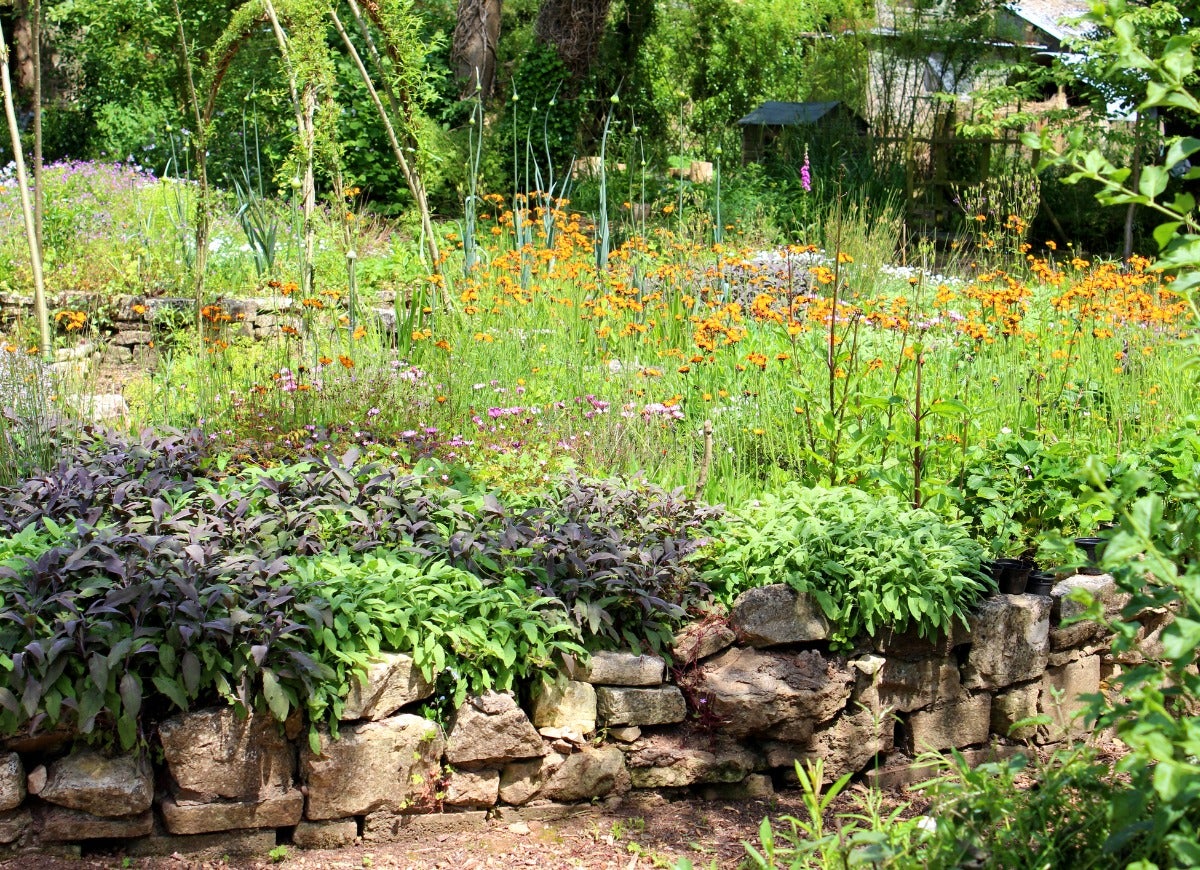
While raised garden beds look neat and tidy, there’s a certain appeal to a wilder, more natural-looking garden. Bring the countryside to your front yard by incorporating local flora and less restrained landscaping. This is an excellent opportunity to try out some permaculture gardening techniques, creating a whole-system garden that’s self-sustaining and easy to maintain. Feel free to mix edible and merely decorative plants that are known to interact well with one another.
Colorful Edibles
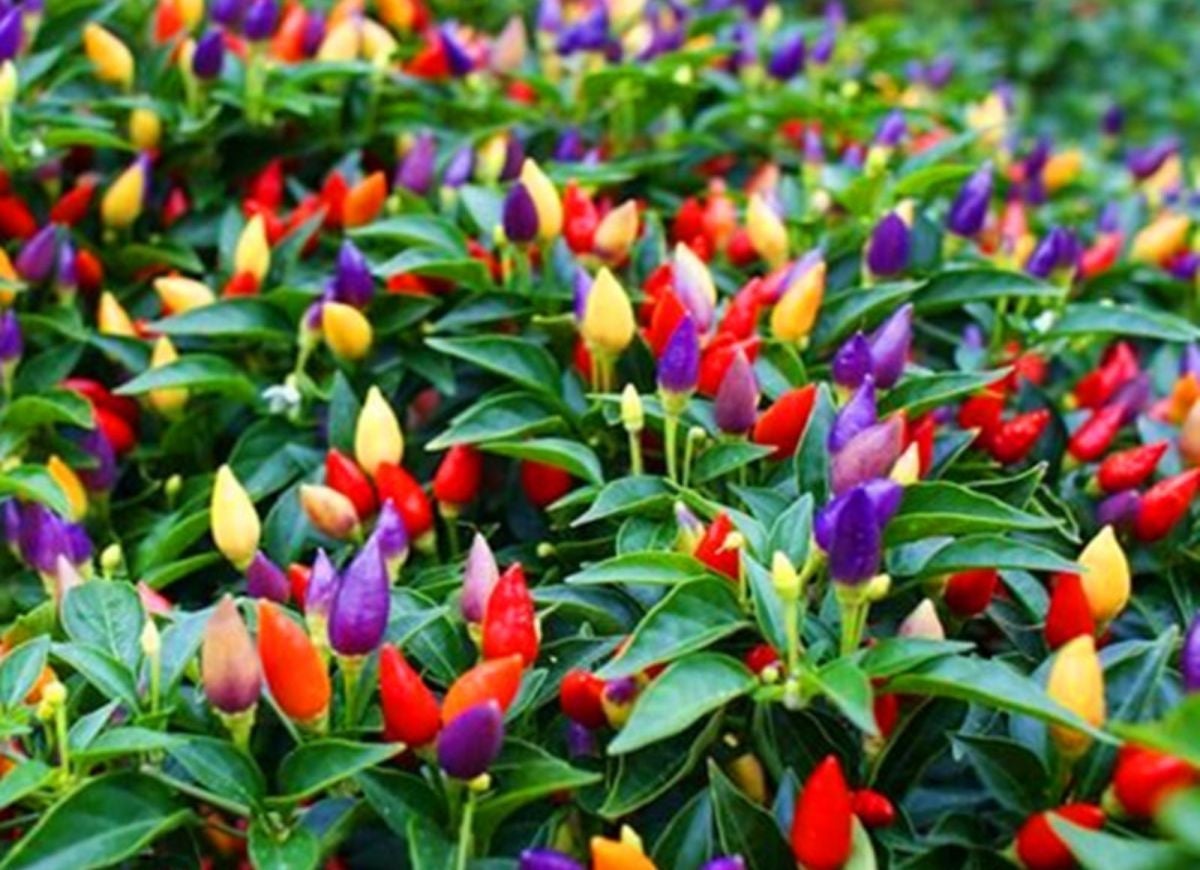
Who knew that veggies could be so beautiful? These mini rainbow peppers—also known as Bolivian rainbow peppers—will add a burst of color to any front yard and a touch of spice to your cooking. They do best outdoors in plant hardiness zones 9 to 11 and are the perfect addition to a window box or decorative planter. These peppers can be spicy, reaching up to 30,000 heat units on the Scoville scale, so proceed with caution!
Related: Burpee’s New ‘Armageddon’ Pepper is Only for the Bravest of Vegetable Gardeners
Romantic Rows
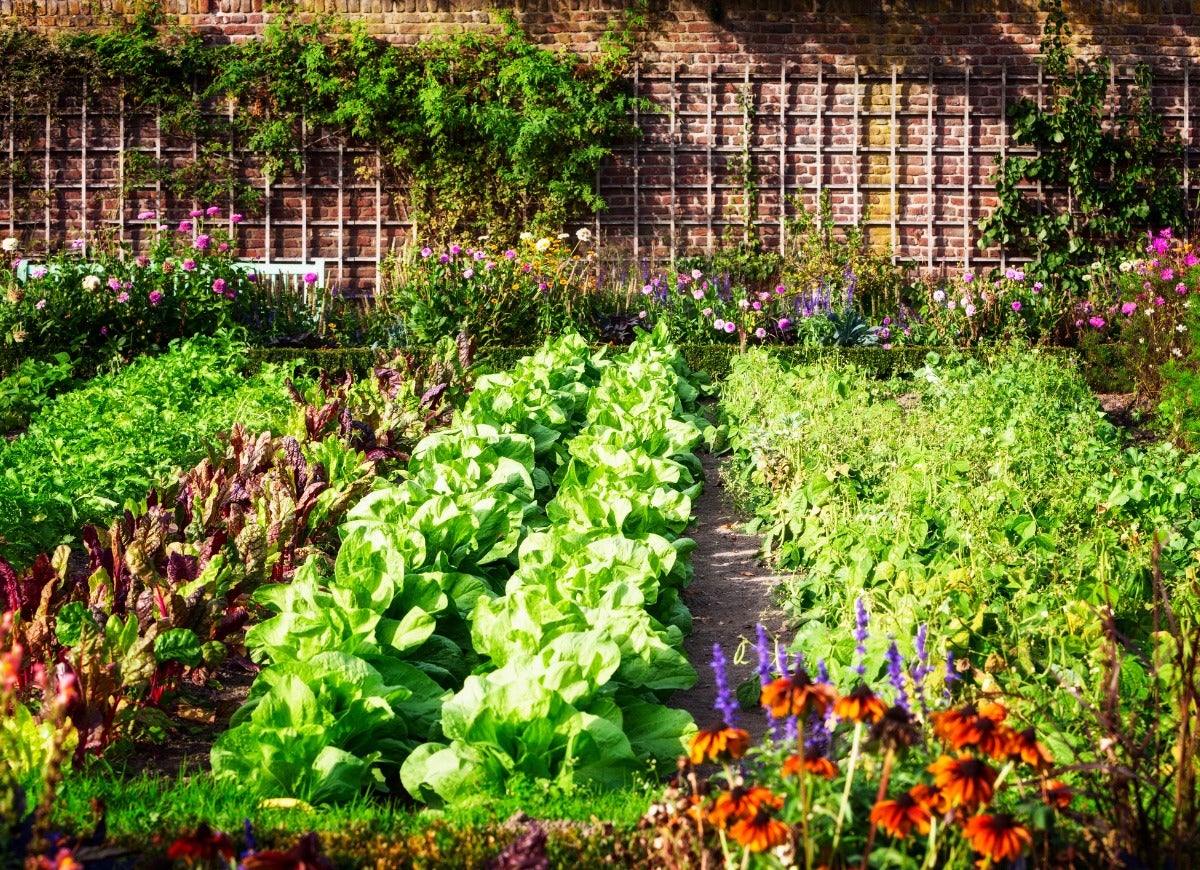
Evoke images of the kitchen gardens found in the English countryside with neat rows of vegetables planted directly in the ground. While raised-bed gardening has plenty of benefits, in-ground planting is more straightforward and doesn’t require any wood or additional supplies. Mix decorative flowers with edible plants for an idyllic, pastoral effect.
Portable Planters
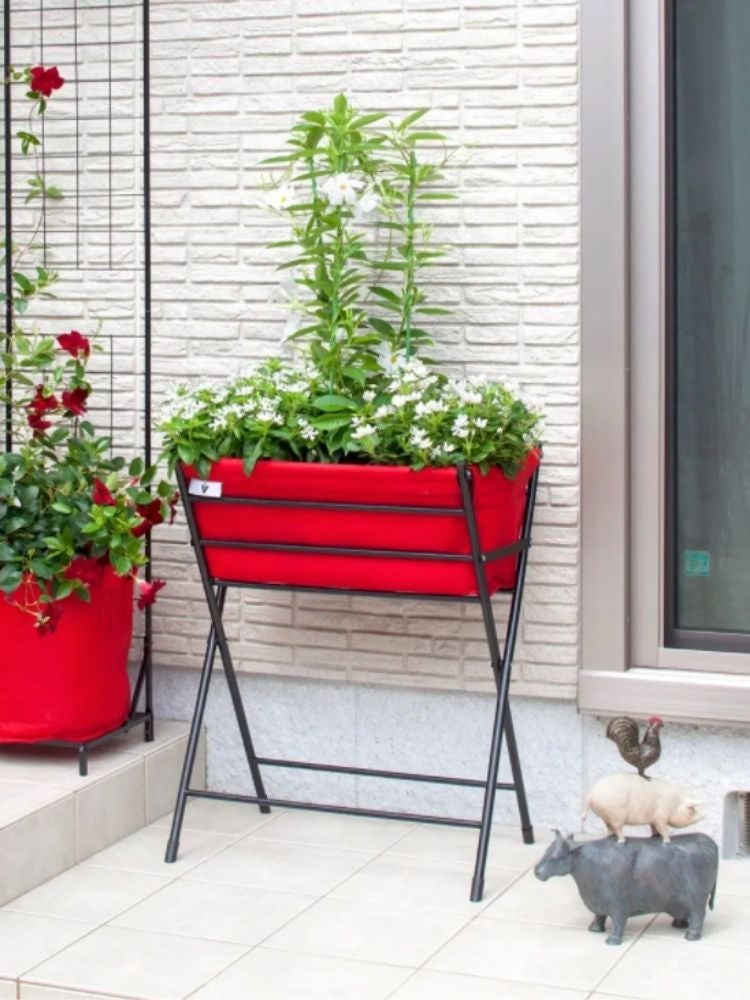
The VegTrug Poppy Go Planter is an excellent pick for small front patios or porches. The trough-style planter features a steel foldable frame that supports a fabric liner that can hold 30 quarts of soil. Choose from four colors: black, green, purple, or red. The planter, which measures 25.5 inches wide by 32 inches high, is a great option for those with mobility constraints.
Vertical Garden Bed
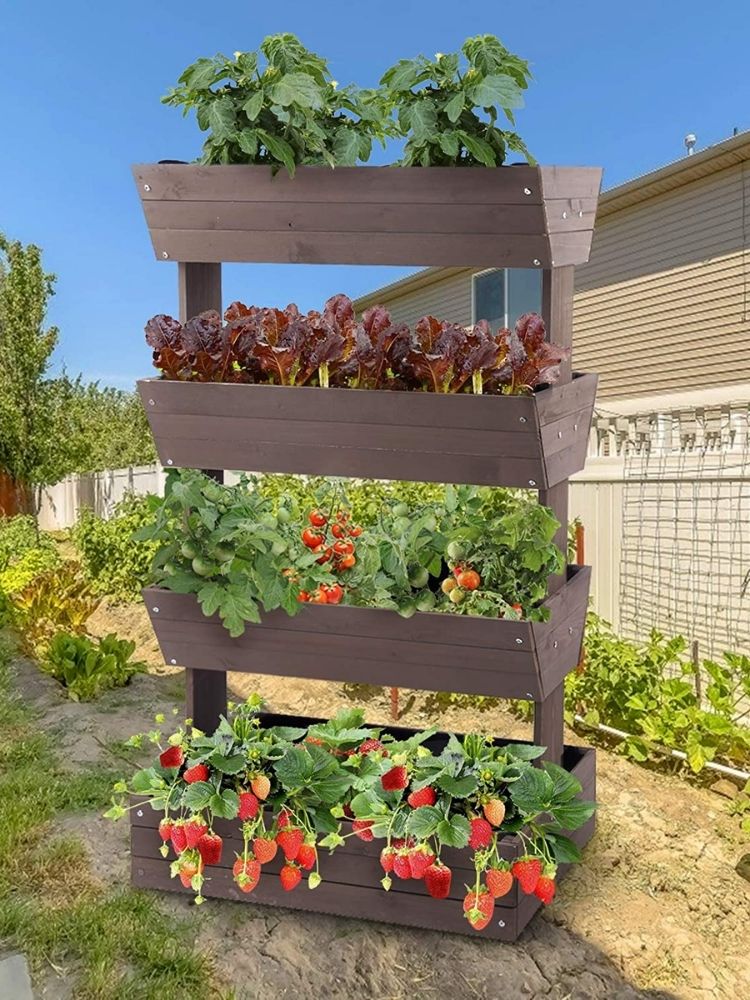
Take advantage of vertical space with Aivituvin’s Vertical Raised Garden Bed. Its four waterproof fir containers are finished with eco-friendly paint, and a fabric liner provides a barrier between the soil and wood. The lowest box measures 5.57 square feet, while the three upper boxes each offer 4.36 square feet, yielding a total of almost 19 square feet of gardening space. An additional selling point: Plants in the upper boxes of this 57-inch-tall bed will be safe from pesky critters.
Burlap Grow Bags
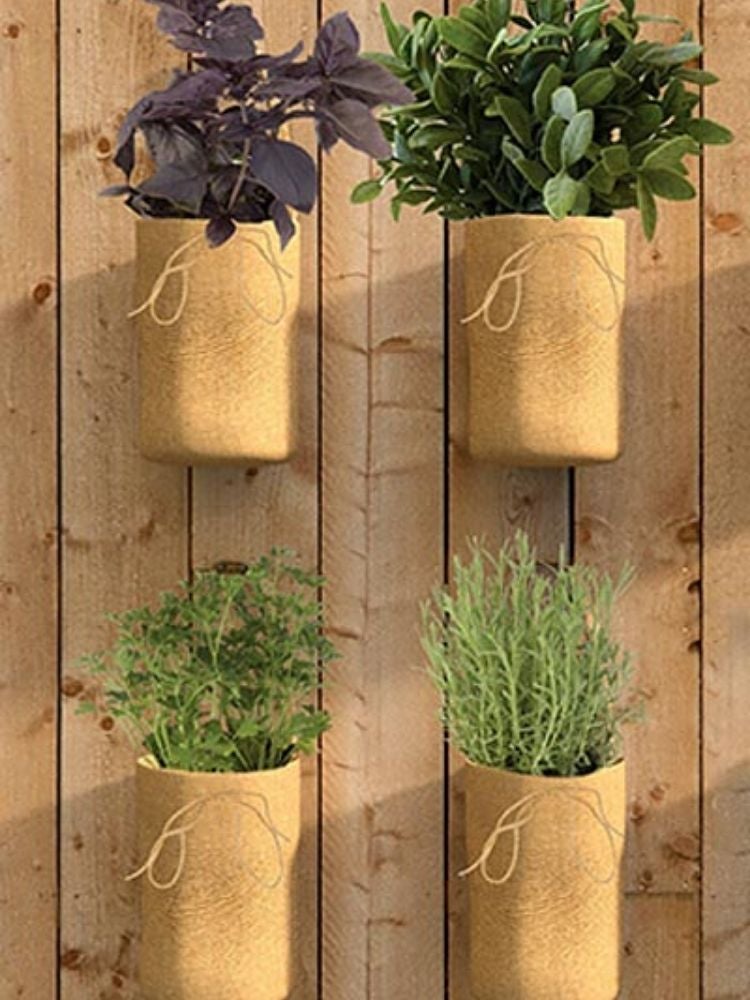
Add some rustic charm to an exterior wall, fence, or trellis with vertical burlap grow bags. Each bag is 9 inches tall and has a 5-inch diameter—the perfect size for herbs or small flowers. The bags’ interior coating helps with water retention, while a hole at the base provides drainage. The reinforced fabric hanger on the back of each bag makes installation a breeze.
Related: The 25 Smartest and Smallest DIYs You Can Do for Your Home
Elevated Planter Box
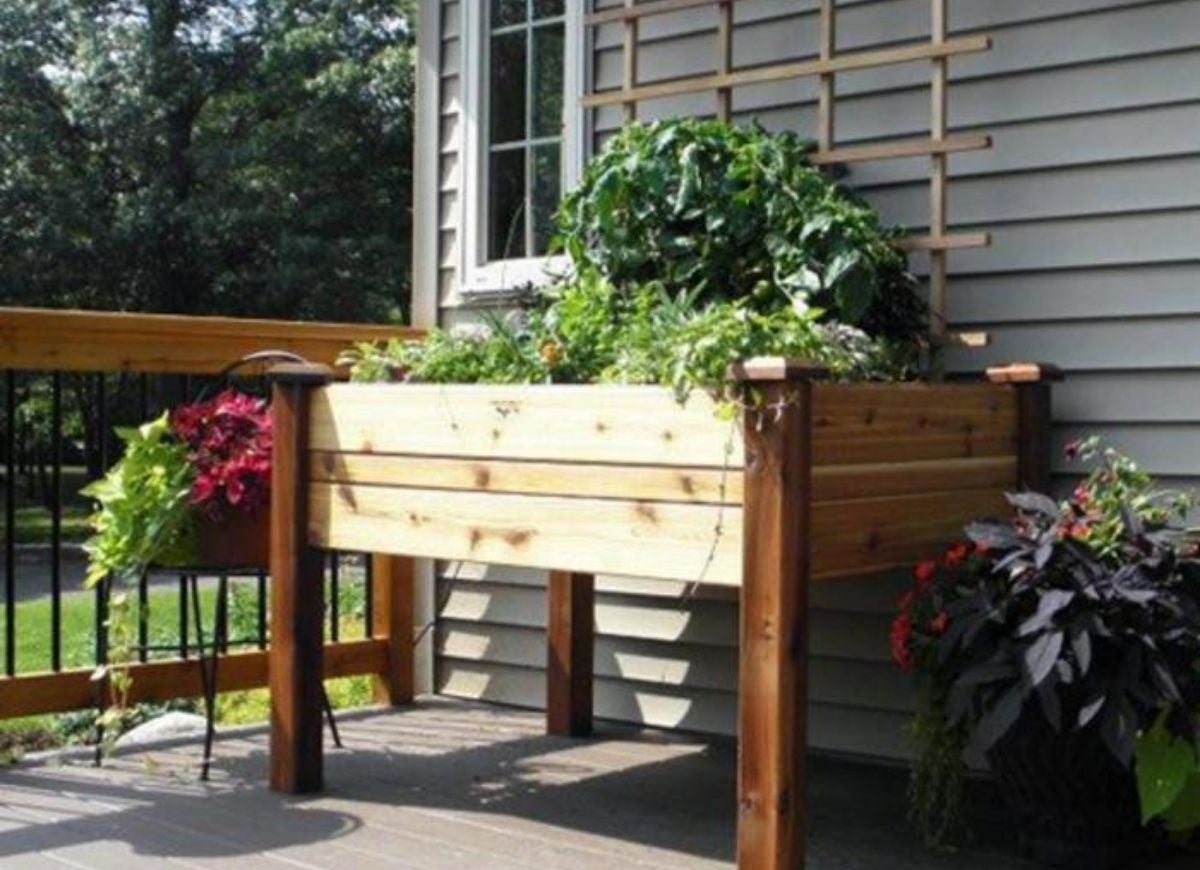
Prevent pain and injuries caused by bending or kneeling with this easy-to-assemble elevated planter box by Gronomics. Made of western red cedar and finished with food-safe tung oil, the planter is available in several sizes, either stained or unstained. While this version can be purchased from Hayneedle, building a similar planter from scratch would be a great DIY project for an amateur woodworker.
Self-Watering Raised Bed
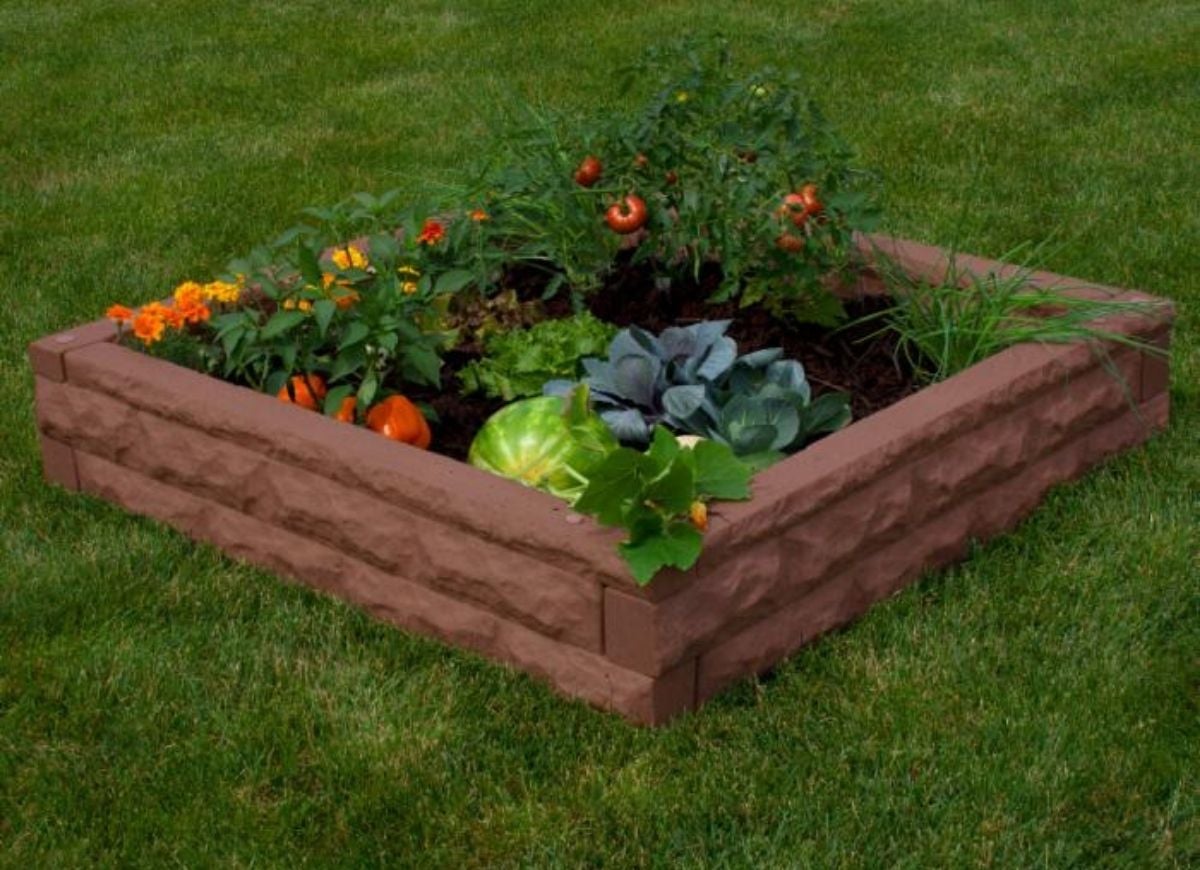
Watering plants regularly can be tiresome, especially in arid climates. Make this chore more manageable with a self-watering raised bed. Spaces inside the interlocking plastic-molded walls of this raised bed are designed to be filled with water, which is then distributed at root level by a soaker hose that uses slow-drip wicking action. The bed measures 50 by 50 by 10.5 inches and is available in a choice of four stone-look finishes.
Related: The Best Self-Watering Planters for Low-Maintenance Gardens, Tested
File Drawer Planters
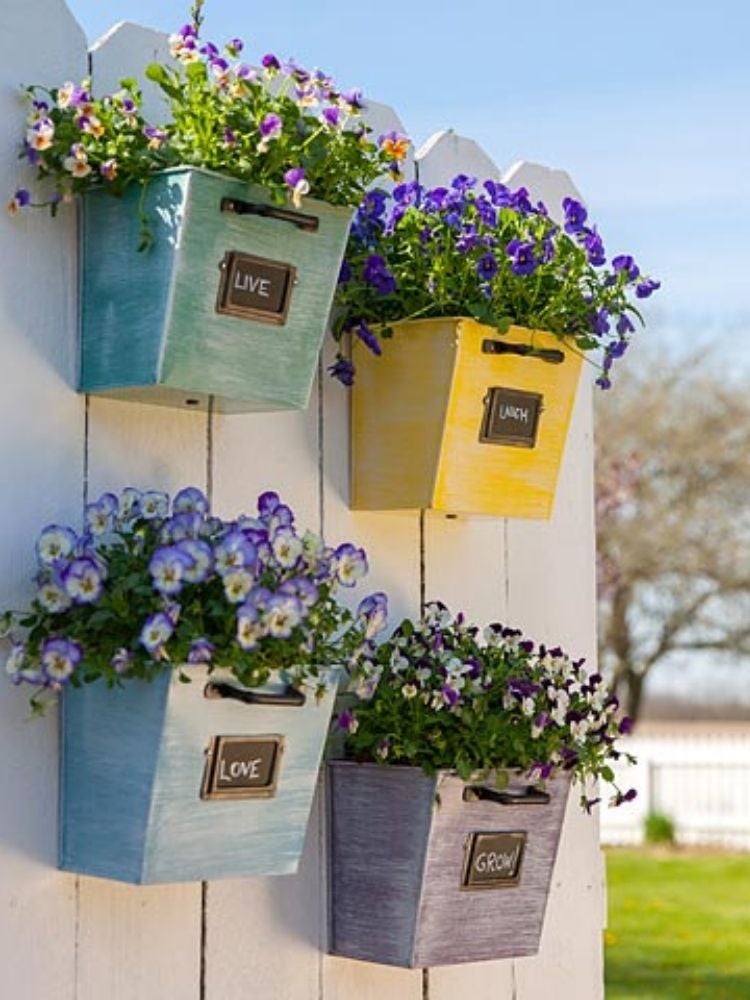
Love organization and gardening? Check out these wall planters that look like file drawers. They even have chalkboard-painted labels so you can clearly identify every herb or plant. Each planter has two keyhole openings to make it simple to mount to a wall or fence and a removable plastic plug at the base for drainage. Crafty gardeners could easily take this idea and turn it into a low-cost DIY project.
Round Metal Raised Beds
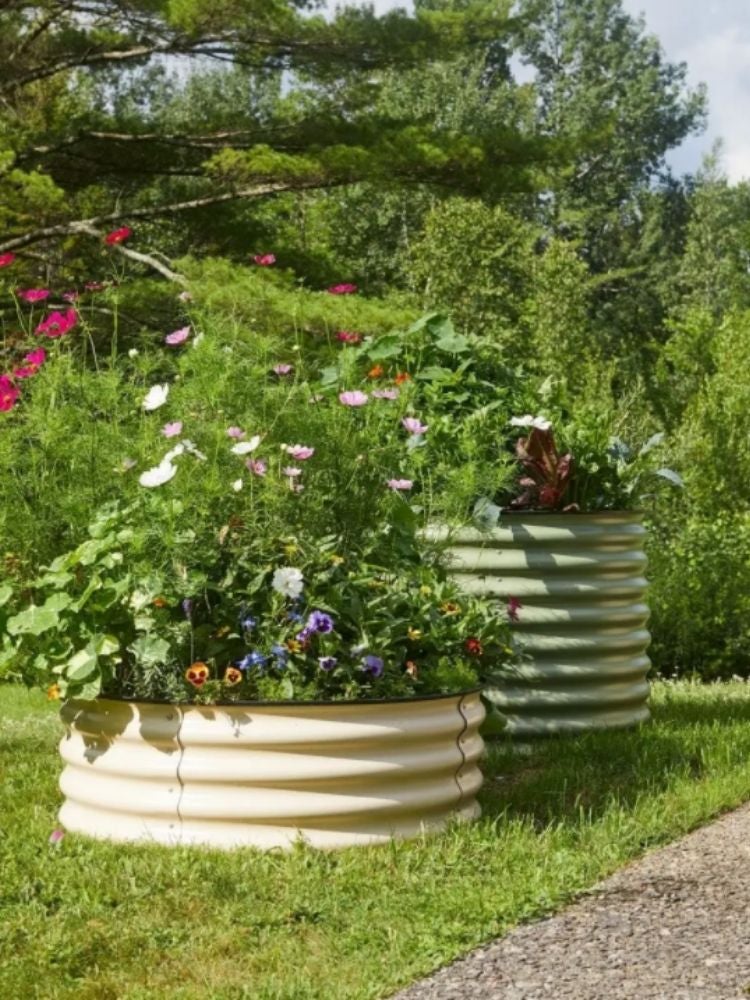
Lovers of industrial design will appreciate the aesthetic of these metal barrel-style planters. Made of powder-coated Aluzinc steel with stainless steel hardware, each raised bed measures 38 inches in diameter and 29 inches tall, and is available in either beige or pale green. If you want the same look without the expense, try using recycled metal containers with the bottoms removed for drainage.

Everything You Need for a Lush and Healthy Lawn
Keeping your grass green and your plants thriving doesn’t just take a green thumb—it starts with the right tools and supplies.

